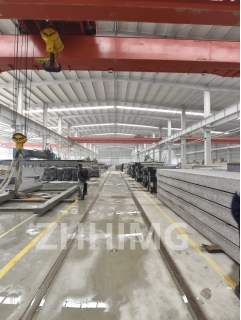Granite components are an integral part of industrial computed tomography (CT) equipment. They provide the stability and precision necessary for the accurate examination of complex components. However, over time, even the most durable granite components can become damaged, which can impact their appearance and calibration accuracy. Here are some steps you can take to repair the appearance of damaged granite components for industrial computed tomography and recalibrate the accuracy:
1. Assess the Damage: Before you begin the repair process, it's essential to assess the extent of the damage. Ensure that you inspect the granite component for any cracks, chips, or signs of wear and tear. Documenting the damage before attempting a repair will make it easy for you to track progress if you have to do multiple repairs.
2. Clean the Component: Once you have assessed the damage, clean the granite component with soap and water thoroughly. Dirt and grime should be removed, and the surface should be dry before repairs are made. Debris on the affected area may impede the effectiveness of the repair.
3. Choose a Repair Method: Depending on the type of damage that your granite component has sustained, you can choose from different repair methods. Such methods can range from filling in gaps with epoxies to using specialist grinding tools and polishing the surface.
4. Apply Granite Repair Epoxy: For chips and cracks in granite components, you can use an epoxy that is mixed with granite dust to fill the gap. After the epoxy has been applied, the surface should be polished to a smooth finish.
5. Fine-grit Grinding: For ridges or other damaged areas on the granite component, a fine-grit grinding wheel can be used to remove the affected area. This process typically involves removing a thin layer of the granite surface until the area is even.
6. Polish the Surface: After you have completed the repair, you should polish the granite component to restore its appearance. A professional-grade polishing machine will be required to achieve the desired results.
7. Recalibrate: Once the granite component has been repaired and polished, it must be recalibrated for accuracy. This step is crucial in ensuring that the industrial computed tomography equipment produces accurate results. Calibration often involves using specialized equipment and processes, so it may be necessary to consult with a professional for this step.
In conclusion, repairing the appearance of damaged granite components for industrial computed tomography is a process that requires care and attention to detail. However, with the right materials and techniques, it is possible to achieve high-quality repairs and recalibrate for optimal accuracy. With these steps, you can extend the life of your equipment and maintain the precision standards required in industrial computed tomography applications.
Post time: Dec-07-2023

